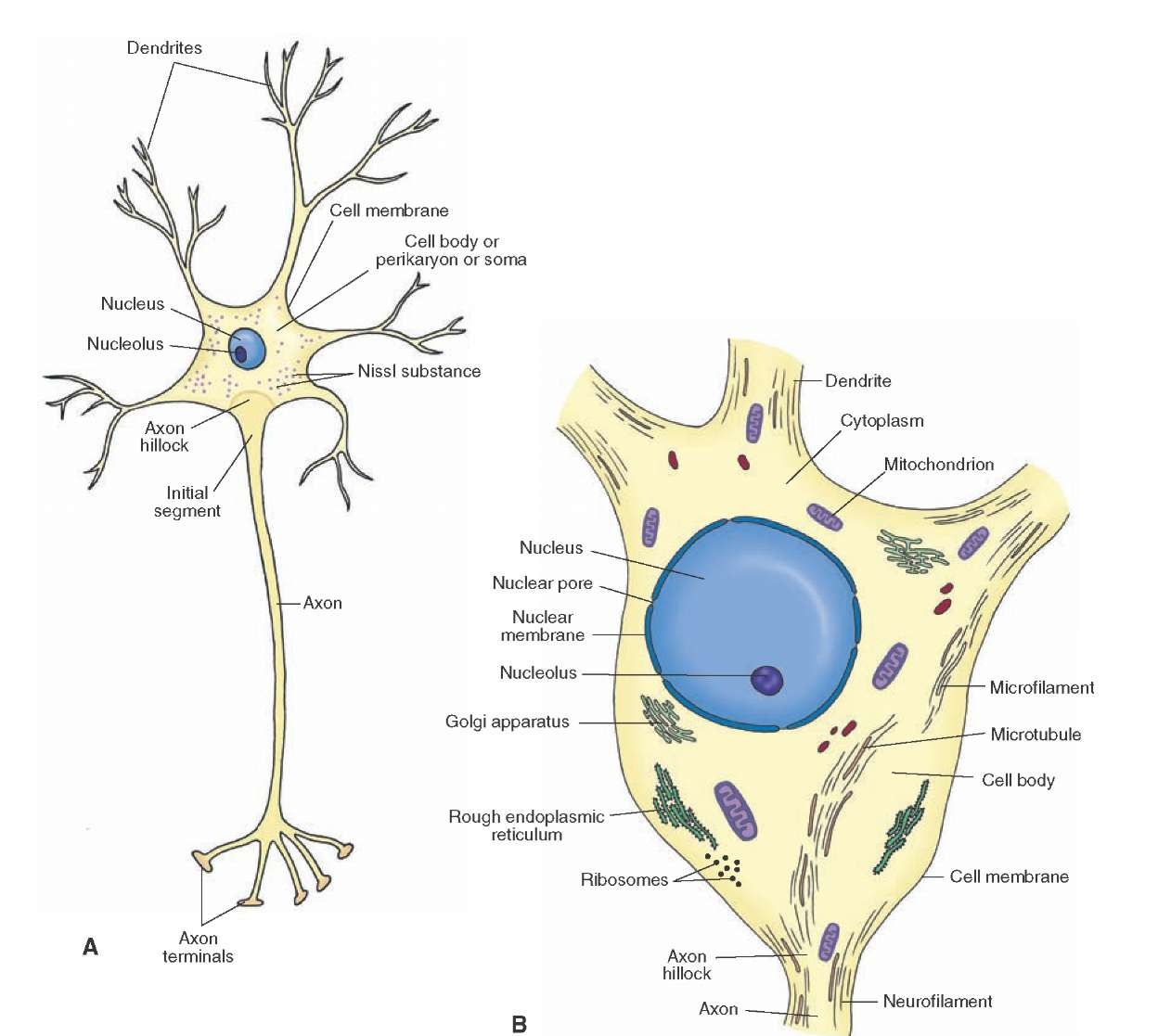

These muscles contract, which allows food to move through your digestive tract. When you eat, for instance, lower motor neurons in your spinal cord send signals to the smooth muscles in your esophagus, stomach, and intestines. Upper motor neurons carry signals between your brain and spinal cord. Lower motor neurons carry signals from the spinal cord to the smooth muscles and skeletal muscles. There are two types of motor neurons: lower and upper. These neurons allow the brain and spinal cord to communicate with muscles, organs, and glands all over the body. Motor neurons play a role in movement, including voluntary and involuntary movements. Those neurons send a message to your brain, which makes you aware of the heat. Smell and taste are chemical inputs.įor example, stepping on hot sand activates sensory neurons in the soles of your feet. Sound, touch, heat, and light are physical inputs. Sensory neurons are triggered by physical and chemical inputs from your environment. In terms of function, scientists classify neurons into three broad types: sensory, motor, and interneurons. These neurons are inhibitory neurons, meaning they release neurotransmitters that keep other neurons from firing. Purkinje neurons have multiple dendrites that fan out from the cell body. The cortex is the part of the brain responsible for conscious thoughts.

These are the largest neuron cells and are mostly found in the cortex. These neurons have one axon but several dendrites to form a pyramid type shape. But they can also be found in parts of the nervous system that help the nose and ear function. These types of neurons are mostly found in the retina of the eye. At the end of one side is the axon, and the dendrites are on the other side. Bipolar neurons have two extensions extending from the cell body. Usually only found in invertebrate species, these neurons have a single axon. This is the most common form of neuron in the central nervous system. These neurons have a single axon and symmetrical dendrites that extend from it. Each combines several elements of the basic neuron shape. However, there are five major neuron forms. Given the sheer number of neurons, there are thousands of different types, much like there are thousands of species of living organisms on Earth. Neurons vary in structure, function, and genetic makeup. These cells have highly developed dendritic trees which allow them to receive thousands of signals. For instance, Purkinje cells are a special type of neuron found in a part of the brain called the cerebellum. How many they have generally depends on their role. Neurons can have more than one set of dendrites, known as dendritic trees. Like antennae, dendrites receive and process signals from the axons of other neurons. Dendritesĭendrites are fibrous roots that branch out from the cell body. Myelin helps axons to conduct an electrical signal. Many axons are insulated with a fatty substance called myelin. It joins the cell body at a specialized junction called the axon hillock. AxonĪn axon is a long, tail-like structure. It’s enclosed by a membrane that both protects it and allows it to interact with its immediate surroundings. Like other cell bodies, a neuron’s soma contains a nucleus and specialized organelles. The cell body contains genetic information, maintains the neuron’s structure, and provides energy to drive activities. Cell bodyĪlso known as a soma, the cell body is the core section of the neuron. However, nearly all neurons have three essential parts: a cell body, an axon, and dendrites.

Neurons vary in size, shape, and structure depending on their role and location. However, 2013 evidence suggests that some neurogenesis occurs in adult brains throughout our lives.Īs researchers gain insight into both neurons and neurogenesis, many are also working to uncover links to neurodegenerative diseases such as Alzheimer’s and Parkinson’s. While this process isn’t well understood, we know that it’s much more active when you’re an embryo. The creation of new nerve cells is called neurogenesis. Neurons can also receive these signals via rootlike extensions known as dendrites.Ī 2009 study estimated that the human brain houses about 86 billion neurons. Specialized projections called axons allow neurons to transmit electrical and chemical signals to other cells. While neurons have a lot in common with other types of cells, they’re structurally and functionally unique. Neurons, also known as nerve cells, send and receive signals from your brain.


 0 kommentar(er)
0 kommentar(er)
